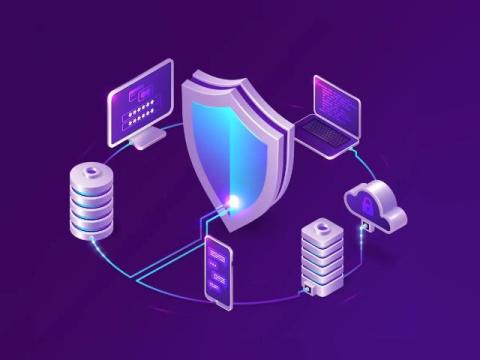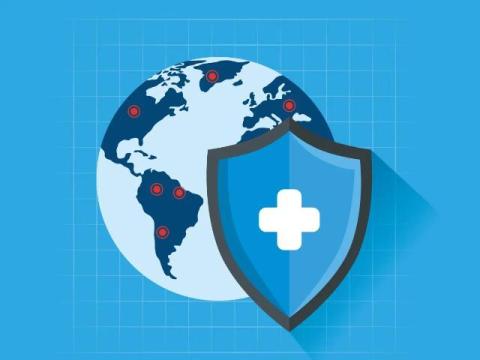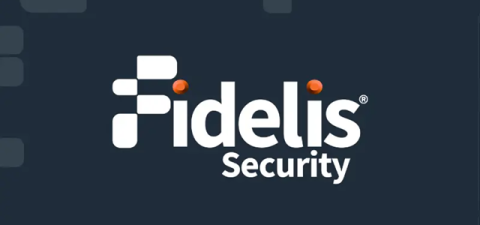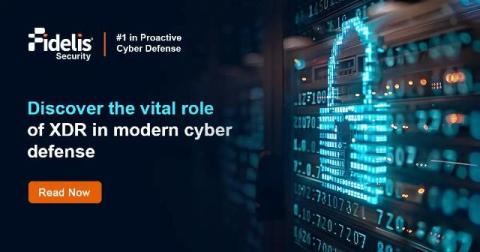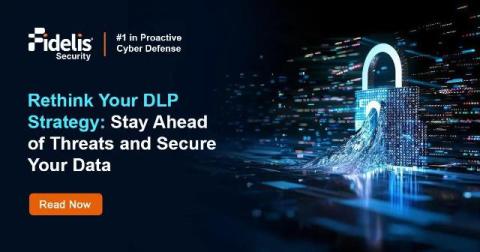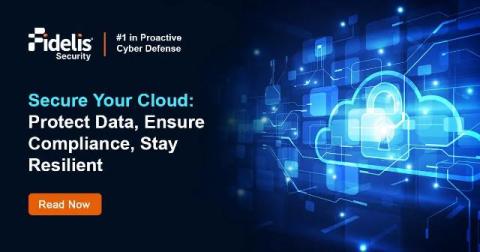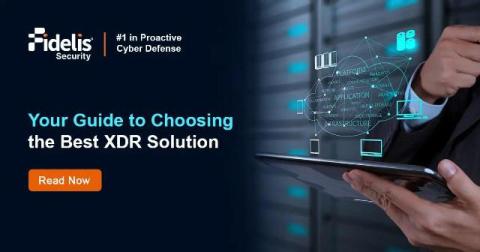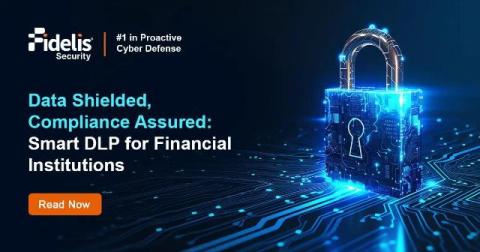How Fidelis Network DLP Outsmarts Cyber Attackers
Data breaches and network security threats are becoming a major problem for companies. The goal is not only to detect attacks but to stop them from happening in the first place. Fidelis Network DLP gives businesses a strong and integrated system to protect sensitive data. By preventing data leaks across all network traffic, Fidelis Network DLP helps businesses protect themselves from both external cyber-attacks and insider threats.


